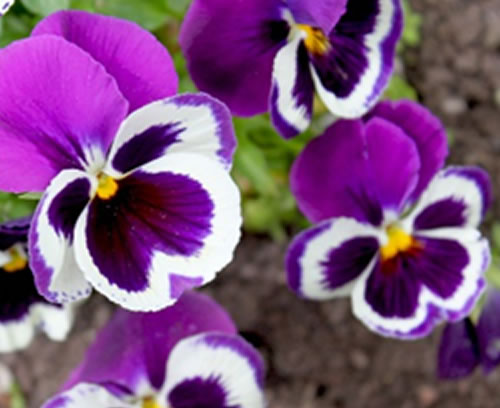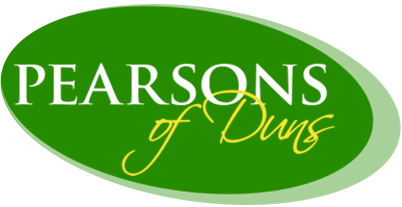Edible Flowers

Flowers are in fact just as delicious as vegetables and can add a little extra colour to your dishes. Not to mention, your dinner guests will be impressed...
It's surprising the wide variety of flowers which are safe for consumption and make fabulous garnishes on plates, salads, desserts or floating in soup. You can even sugar your edible flowers for cake decoration. There really is no end to their uses.
Most flowers taste better raw, but there are a few (okra and sunflowers) which taste better cooked. It is wise to note that due to the delicacy of flowers, they will not survive excessive heat, so it is a good idea to cook at low heat.
We have compiled a visual list of edible flowers with notes on their tastes below:
- Angelica: tastes like licorice
- Anise hyssop: anise or licorice flavor
- Apple blossoms: like apples
- Chive flowers: taste like chives
- Bee Balm: tastes somewhat like oregano or mint
- Borage: somewhat cucumber-like
- Carnation: sweet flavor, good for desserts
- Chamomile: somewhat like apples
- Chervil: anise
- Chrysanthemums: tangy, bitter
- Citrus blossoms: taste like the fruit
- Clover: sweet, somewhat anise
- Cornflower: usually spicy, somewhat like cloves
- Dandelion: sweet, honey-like
- Day Lily: somewhat sweet, reminiscent of vegetables
- Garden Sorrel: tart, lemony
- Gladiolas: lettuce-like, mild, but pretty used as a serving vessel
- Hibiscus: tart, like cranberries
- Honeysuckle: sweet
- Hyacinth: nutty
- Jasmine: strong, good for use in tea
- Johnny Jump-Ups: mild, wintergreen
- Lavender: sweet, floral
- Lemon verbena: lemon
- Lilac: flowery, a little bitter
- Linden: similar to honeysuckle
- Marigold: usually peppery, can be somewhat bitter
- Nasturtium: peppery, good in salads
- Okra: nutty, somewhat like asparagus when cooked
- Pansy: mild, slightly sweet
- Pineapple Guava: sweet, melon-like
- Primrose: slightly sweet
- Queen Anne's Lace: light, like a carrot
- Rose: different varieties have different flavours, but mostly sweet; even if you do not want to eat them, consider using them to decorate cakes and pastries
- Squash blossoms: taste like the squash they would have grown into
- Sunflower: young flowers taste like artichokes, older flowers are bitter
- Sweet Woodruff: sweet, somewhat nutty
- Tulip: mild lettuce or cucumber flavour
Warnings!!!
It should be noted that if you are for any reason unsure about the edibility of a flower, do not use it! You can use our guide to keep you on the right track. Never make the mistake of assuming a flower is edible just because it is placed on your plate - always be sure.
It is also a good idea to know where your flowers have come from - growing them yourself is always best because you will know if there have been any chemicals used on them. At Pearsons of Duns we can provide you with information on whether the plants we supply have been exposed to chemicals for your peace of mind.
If you are unable to grow your own - use organic flowers to ensure that there are no pesticides used whilst they grow.
Cleaning your flowers:
You should always hold flowers you intend to eat upside down and give them a good shake to ensure that there are no bugs hidden in the petals. You should also remove the stamen and wash them gently in a bowl of water.
Dry your flowers in sunlight to ensure that the majority of the flavour is locked inside.
You can store flowers in an airtight tin, wrapped in cling-film or on the stem in a glass of water (keep them in the fridge.)





